Choosing the right battery for your beloved device is a heartfelt decision that goes beyond mere specifications. It’s about understanding the unique story behind each battery type, with its own strengths and weaknesses, as they come together to breathe life into the gadgets that enrich our lives. In this tender journey, we delve into the most prevalent battery types, cherishing their virtues and acknowledging their imperfections, while uncovering the special roles they play in powering the devices we hold dear.

Lithium Batteries
Lithium batteries are widely used due to their high energy density, which allows them to store more energy than other batteries like alkaline ones. Available in AA, AAA, and 9V sizes, lithium batteries have a capacity rating that surpasses all other non-rechargeable batteries. For example, an AA lithium battery can range from 2,700 to 3,400 mAh, ensuring long-lasting power even under heavy use.

Applications: Digital cameras, GPS devices, high-performance flashlights, and other high-drain electronic devices.
Alkaline Batteries
Alkaline batteries are cost-effective, easy to dispose of, and extremely popular. They typically have a capacity rating of over 2,500 mAh, making them suitable for moderate to heavy-use devices. Alkaline batteries are available in nearly all standard sizes, making them ideal for a wide range of devices.
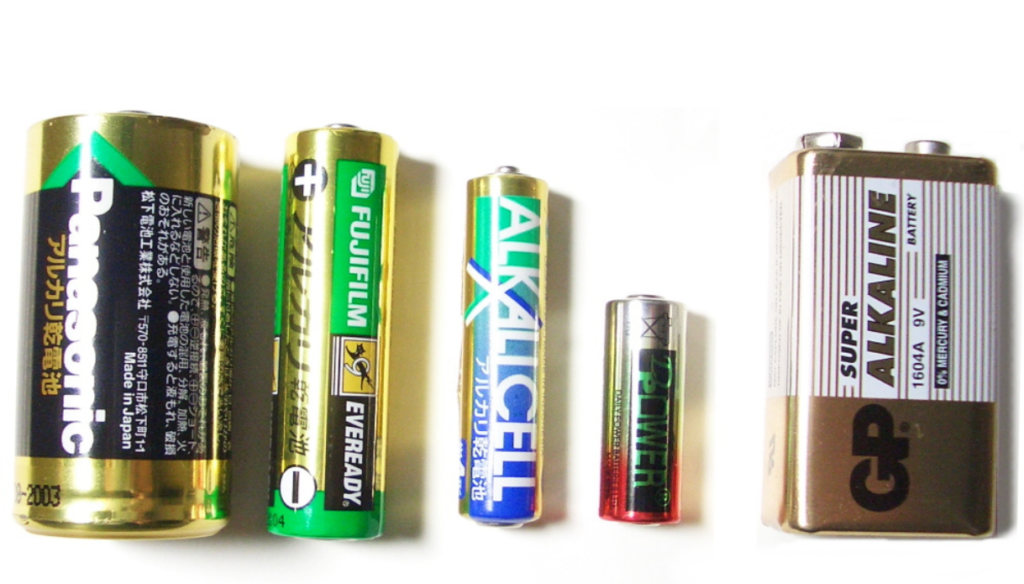
Applications: Toys, remote controls, clocks, flashlights, and various household electronics.
Carbon Zinc Batteries
Carbon zinc batteries are very affordable but have a low energy density. They may struggle to supply enough power to high-drain devices beyond basic functionality.

Applications: Low-drain devices such as remote controls and clocks.
Silver Oxide Batteries
Silver oxide batteries are primarily used in wristwatches and other small devices. Their high energy-to-weight ratio and long operating life make them well-suited for compact devices.
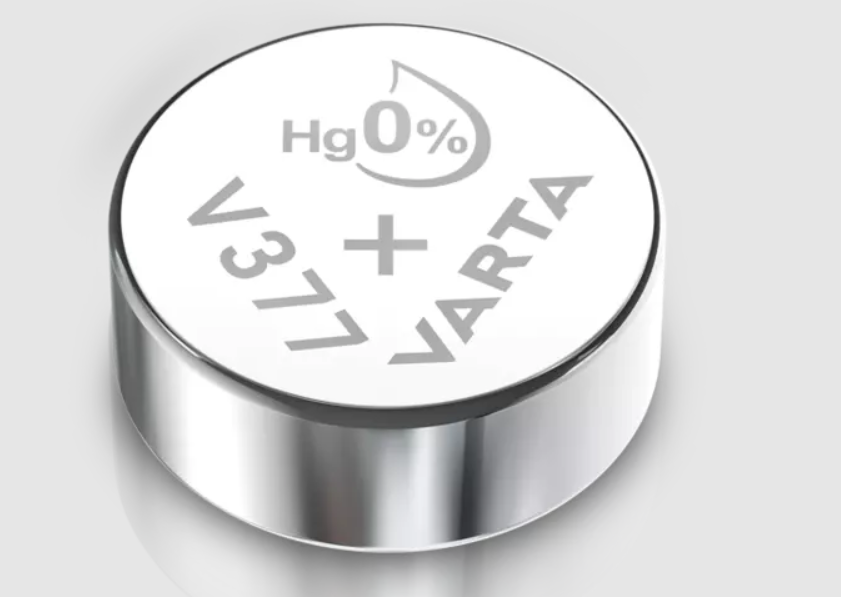
Applications: Wristwatches, hearing aids, and other small electronic devices.
Zinc Air Batteries
Zinc air batteries generate electrical power through exposure to oxygen, making them unsuitable for devices like wristwatches but ideal for hearing aids. To activate the battery, users need to remove a sealing tab, allowing airflow.
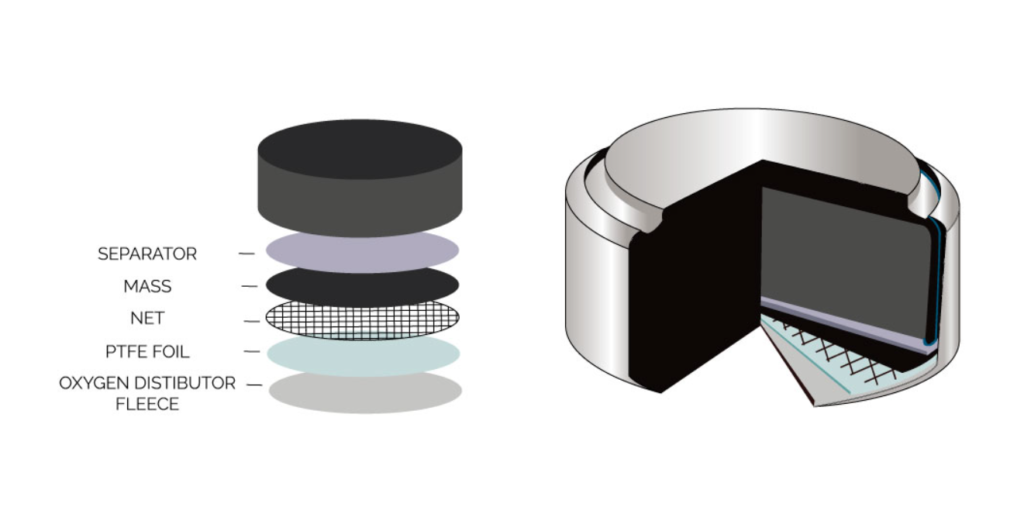
Applications: Hearing aids and other oxygen-sensitive devices.
Rechargeable Batteries
Rechargeable batteries are a cost-effective, long-term solution for devices with frequent high power consumption. They come in various shapes and sizes, with lithium-ion batteries being the most prevalent. These batteries power laptops, cell phones, portable electronic devices, medical equipment, and power tools.
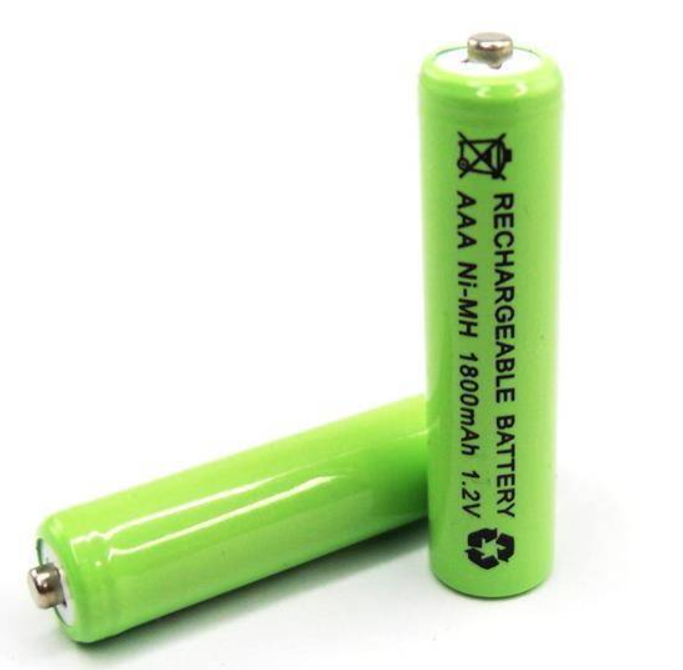
Applications: High-drain devices such as power tools, laptops, smartphones, and digital cameras.
Nickel Cadmium Batteries (NiCd)
Nickel Cadmium (NiCd) batteries are a preferred option for powering toys, digital cameras, and other high-drain devices like flashlights due to their consistent voltage output until depletion. Available in standard sizes such as AA, AAA, C, and 9V, NiCd batteries may not have high voltage (1.2V per cell) but compensate with their powerful energy delivery. For instance, a flashlight powered by NiCd batteries will maintain its brightness until the batteries are completely drained.

Advantages:
Affordable and readily available
Low internal resistance enables quick charging and discharging
Consistently delivers full capacity
Disadvantages:
Ineffective for long-term storage
Requires complete discharge before recharging to avoid capacity loss
Overcharging leads to a decline in battery capacity
Contains toxic metals and is not environmentally friendly
Requires a specific charger, necessitating additional purchases
Nickel Metal Hydride Batteries (NiMH)
Although Nickel Metal Hydride (NiMH) batteries boast a high-density label, their reduced cycle life can be a trade-off. These batteries have a high energy density but can be recharged only about 500 times. Consequently, they may not be ideal for applications such as smoke alarms, TV remotes, or clocks that require minimal energy. Similar to NiCd batteries, NiMH batteries deliver full capacity until nearly all energy is discharged.

Advantages:
Superior energy-to-volume ratio compared to NiCd
Environmentally friendly
Delivers full capacity
Disadvantages:
Arrives in a discharged state, necessitating a full charge before use
Overcharging results in capacity decline
High discharge rate requires recharging before use
Inefficient in high-rate discharge devices
Specialty Batteries
These large, heavy-duty batteries cater to equipment demanding vast amounts of energy. Common applications include lawn mowers, power tools, and generators, providing long-lasting power between charges.

12V Battery
This large, heavy, block-shaped battery supplies hundreds of amps of electrical current and is typically used in cars and other industrial equipment. Although 12 volts may seem insufficient compared to other high-voltage batteries, cars utilize an alternator, functioning as a generator to maintain battery power, eliminating the need for external charging.
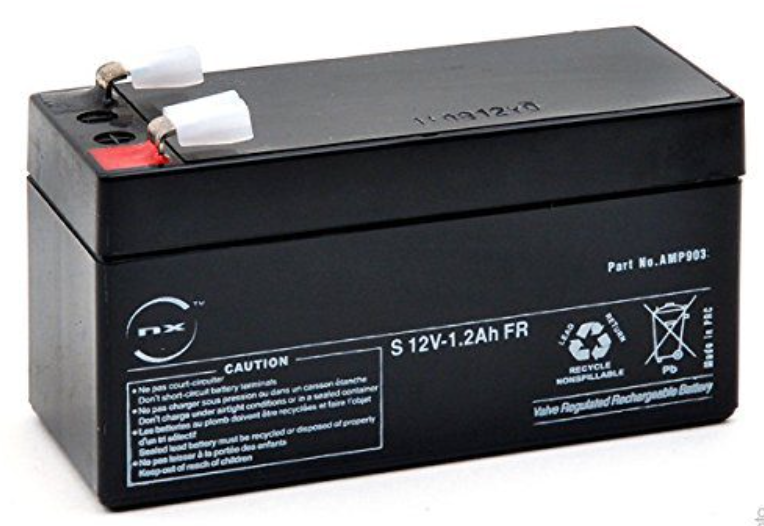
22V Battery
Ideal for powering heavy equipment and high-power cordless tools like drills and electric saws, 22V batteries offer high power for extended durations, such as when installing electrical appliances.

44V Battery
Featuring an impressive 44-volt rating, this battery is designed for power-consuming equipment like cordless power washers, leaf blowers, and self-propelled lawn mowers, providing continuous, high-powered operation.

Understanding Battery Capacity
To comprehend the various chemical compositions of different battery types, it is crucial to grasp how batteries function since their measurement differs from other electrical appliances.
Capacity refers to the amount of charge a battery holds, measured in milliamp-hours (mAh) or amp-hours (aH). Typically displayed on the battery’s side, the mAh value helps determine battery life using the following formula:
Amp Hours (aH) / Amps (A) = Hours (H)
For instance, a 2,500 mAh AA alkaline battery can power a device drawing 250 mA of current for 10 hours. However, if the device requires only 25 mA of current, the battery will last 100 hours. The battery’s overall life depends on its usage, but generally, a higher mAh value indicates longer energy retention.
Conclusion
In conclusion, the diverse array of battery types available on the market cater to the varying requirements and preferences of consumers. From the affordable and widely-used NiCd batteries to the environmentally-friendly NiMH batteries and the high-power specialty batteries, each type possesses its unique advantages and disadvantages. Being well-informed about the different battery types, their performance characteristics, and applications, will enable you to make the most suitable choice for your specific needs. By selecting the appropriate battery type for your device, you can optimize its performance, efficiency, and longevity, ultimately enhancing your experience with the device and ensuring its reliable operation.